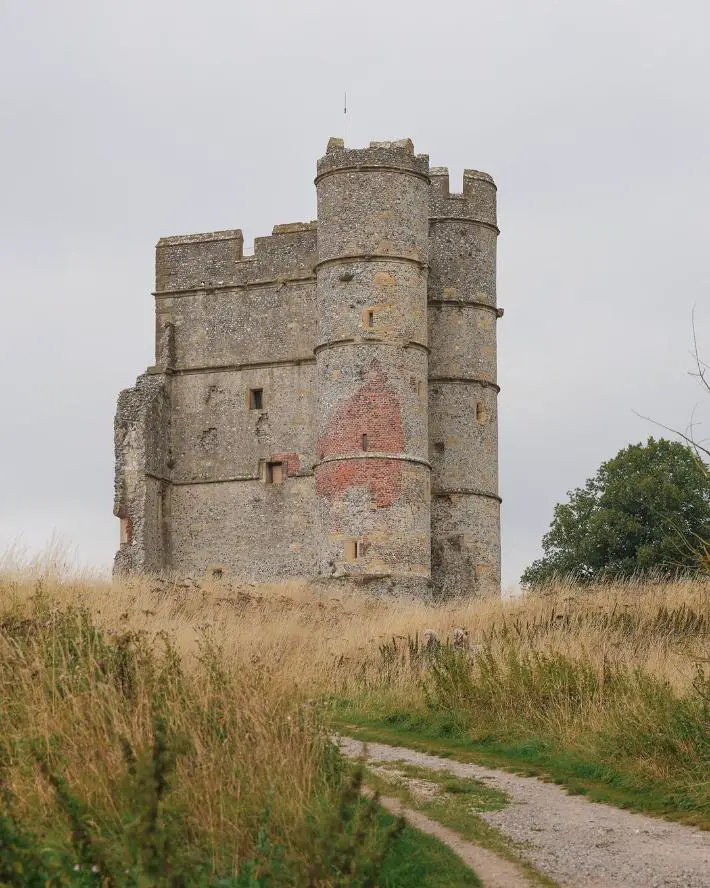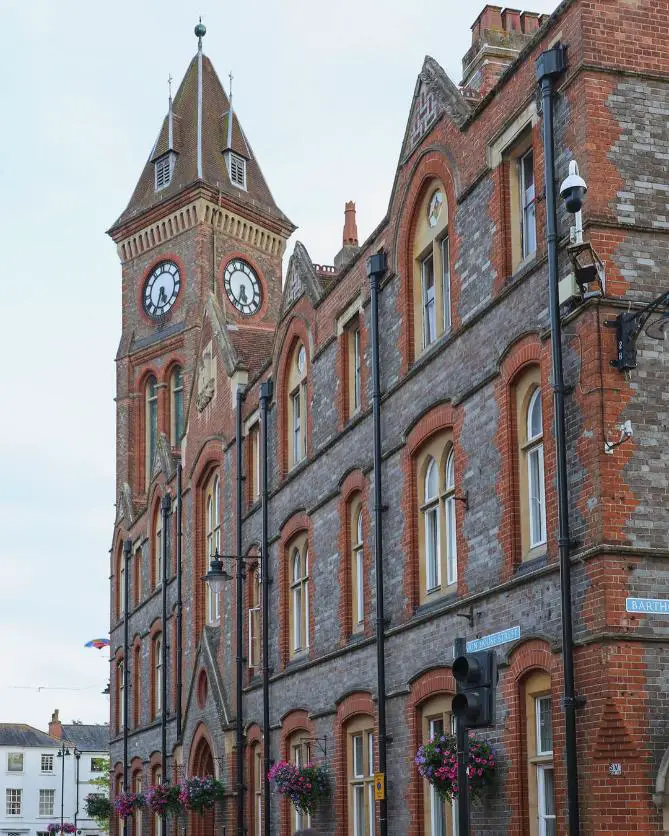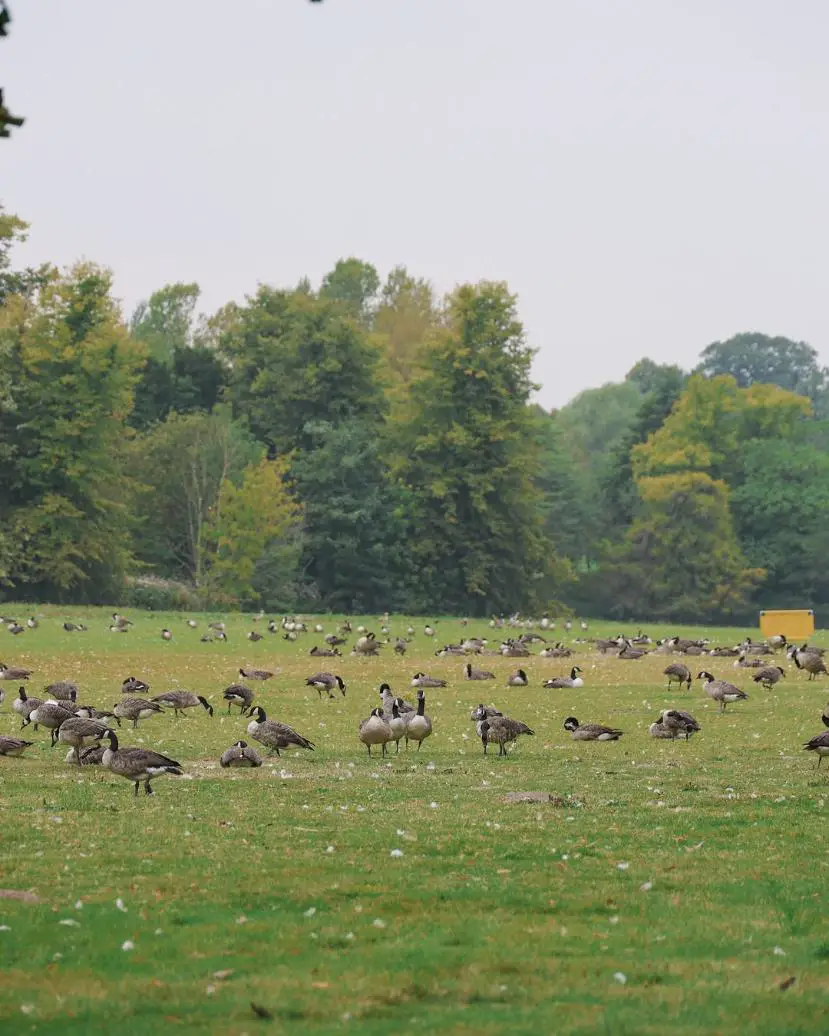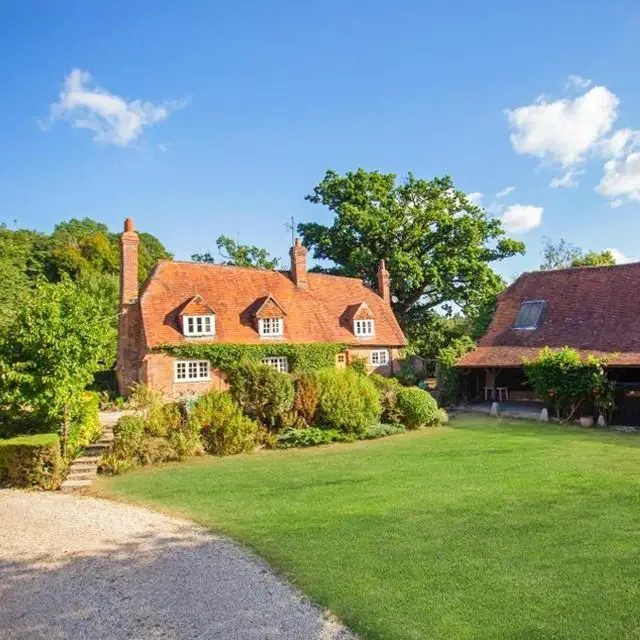From artisanal crepes to rebellious cheesecake waffles, Reading's breakfast rebels are transforming morning meals. These seven spots will revolutionize how you start your day.
Berkshire's housing market exhibits significant price disparities across its towns. Ascot tops the list with an average property price of £984,205, while Thatcham offers more affordable options at £329,803. Windsor and Maidenhead follow Ascot in expense, with prices 23.9% and 17.7% above the county average, respectively. Conversely, Reading and Slough present more budget-friendly alternatives, with prices 19.6% and 10.3% below the county norm. Factors influencing these variations include location, transport links, and property types. The county's overall average house price stands at £450,000, reflecting a 7.5% annual increase. Further exploration of Berkshire's real estate scenery reveals additional insights into market trends and buyer preferences.
Most Expensive Berkshire Towns

Luxury and prestige define the upper echelons of Berkshire's property market. At the pinnacle of this exclusive domain stands Ascot, boasting an average property price of £984,205, which firmly establishes its position as the county's most expensive area. This figure reflects Ascot's enduring appeal to high-end buyers seeking opulent residences.
Following closely behind, Windsor commands an impressive average property price of £584,706, representing a 23.9% premium over the county average. This substantial difference underscores Windsor's desirability among affluent homeowners.
Maidenhead, the third most expensive town in Berkshire, presents an average property value of £555,499, which is 17.7% above the county norm. Wokingham, while slightly more modest, still maintains a notable 8.3% increase over the county average, with properties typically priced at £511,249.
"Bray's average property price of £600,742 cements its status as one of Berkshire's most sought-after locations," reports a local estate agent. This figure places Bray firmly among the county's priciest areas, further exemplifying the high-end nature of Berkshire's property market.
These towns collectively represent the cream of Berkshire's real estate offerings, attracting discerning buyers with their blend of luxury, location, and prestige.
Affordable Housing Options

While Berkshire's high-end property market dazzles with its luxurious offerings, the county similarly provides numerous affordable housing options for those seeking more budget-friendly homes.
If you're looking for the most economical choice, Thatcham stands out as the frontrunner, with average home prices of £329,803, a significant 30.1% below the county average. Close on its heels, Hungerford offers properties at an average of £366,661, 22.3% below the county norm.
For those who prefer a larger town with good amenities, Newbury presents a compelling option. Here, you'll find homes averaging £378,679, which is 19.8% lower than Berkshire's mean.
Reading, known for its excellent transport links, boasts similar affordability with average prices of £379,401, 19.6% below the county average. "Reading's combination of affordability and connectivity makes it an attractive choice for commuters," notes a local estate agent.
If you're a first-time buyer, Slough might catch your eye. With average property prices of £423,439, it's still 10.3% below the county average, offering a balance of affordability and proximity to London.
Price Trends and Fluctuations

Three key trends have shaped Berkshire's housing market over the past year. Firstly, you'll notice a significant overall increase in average house prices, with a 7.5% rise bringing the typical home value to approximately £450,000. Nevertheless, this growth hasn't been uniform across the region. In West Berkshire, for instance, the average house price reached £410,000 as of July 2024, representing a more modest 3.7% increase from the previous year.
Secondly, first-time buyers have faced escalating costs, with the average price paid by this group rising by 4.0% to £325,000 in July 2024. This trend highlights the ongoing challenges for those entering the property market.
Lastly, there's evidence of market stabilization, as overall sold prices in Berkshire dipped by 4% compared to the previous year. This adjustment suggests a cooling off after periods of rapid growth.
| Category | Price (£) | Annual Change (%) |
|---|---|---|
| Average House | 450,000 | +7.5% |
| West Berkshire | 410,000 | +3.7% |
| First-Time Buyers | 325,000 | +4.0% |
"These fluctuations reflect a complex market," experts say, "with regional variations and differing impacts on various buyer segments."
Factors Influencing Property Values

Moving beyond general trends, let's examine the specific factors shaping Berkshire's property values. As you consider purchasing a home in this affluent county, you'll find that location plays a pivotal role in determining prices. Windsor, for instance, boasts the highest average at £584,706, reflecting its proximity to affluent areas and desirable amenities.
When evaluating potential properties, bear in mind these key factors:
- Transport links: Towns like Reading (£379,401) and Slough (£423,439) command higher prices because of their excellent commuter connections.
- Economic conditions: Local employment rates and interest rates greatly influence affordability and buyer decisions across Berkshire.
- Property type: Detached homes average £767,437, while terraced properties fetch £392,896, illustrating the impact of housing style on value.
For those seeking more affordable options, areas like Thatcham (£329,803) and Hungerford (£366,661) offer attractive alternatives below the county average of £472,000.
As you navigate Berkshire's property market, keep in mind these factors interplay to create a diverse setting of housing options, each with its own unique value proposition.
Buyer Demographics and Preferences

A shifting tide of buyers is reshaping Berkshire's property environment. As you consider the local market, it's essential to understand the demographics driving demand. Remarkably, 60% of home buyers in Berkshire are first-time homeowners, signaling a strong appetite for entry-level properties. With an average age of 34, these younger buyers are making their mark on the region's real estate setting.
"The influx of first-time buyers is reshaping Berkshire's property market," explains a local estate agent. This trend is complemented by families seeking to upgrade, accounting for 30% of buyers.
These demographics suggest a diverse market with opportunities across various property types. Curiously, investors comprise 10% of buyers, indicating potential in the rental sector.
It's worth mentioning that many buyers are migrating from London and surrounding areas, a trend that's considerably influencing local housing demand.
As you navigate Berkshire's property market, consider how these buyer preferences might impact your decisions. Whether you're a first-time buyer, a family looking to upsize, or an investor, understanding these demographics can help you make informed choices in this dynamic market.
Frequently Asked Questions
Are House Prices Falling in Berkshire?
Yes, house prices in Berkshire are falling. You'll notice a 4% decrease compared to last year. Nevertheless, don't panic - the market's stabilizing around 2021 levels, with an average price of £467,348. It's adjusting, not crashing.
What Is the Most Expensive Area in Berkshire?
You'll find that Ascot is the most expensive area in Berkshire. With an average property price of £984,205, it's the pinnacle of luxury living. You're looking at a truly high-end market if you're house hunting there.
Is Surrey More Expensive Than Berkshire?
Yes, Surrey is typically more expensive than Berkshire. You'll find that Surrey's average house price of £496,225 surpasses Berkshire's £472,000. Surrey additionally boasts pricier luxury areas and fewer affordable options, making it costlier for homebuyers overall.
Where Are House Prices Falling the Most in UK?
You'll find the steepest house price drops in London, where prices fell by 5.3% last year. The North East follows with a 4.2% decline, while Yorkshire and the Humber saw a 3.8% decrease. The West Midlands experienced a 3.5% drop.
